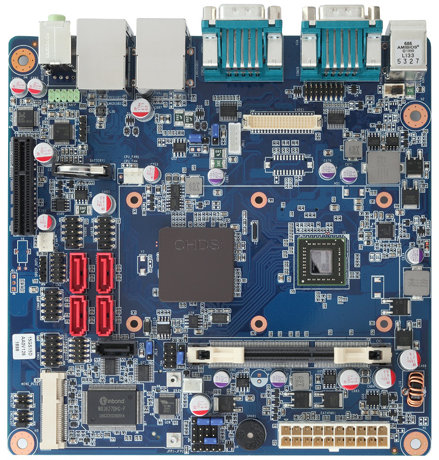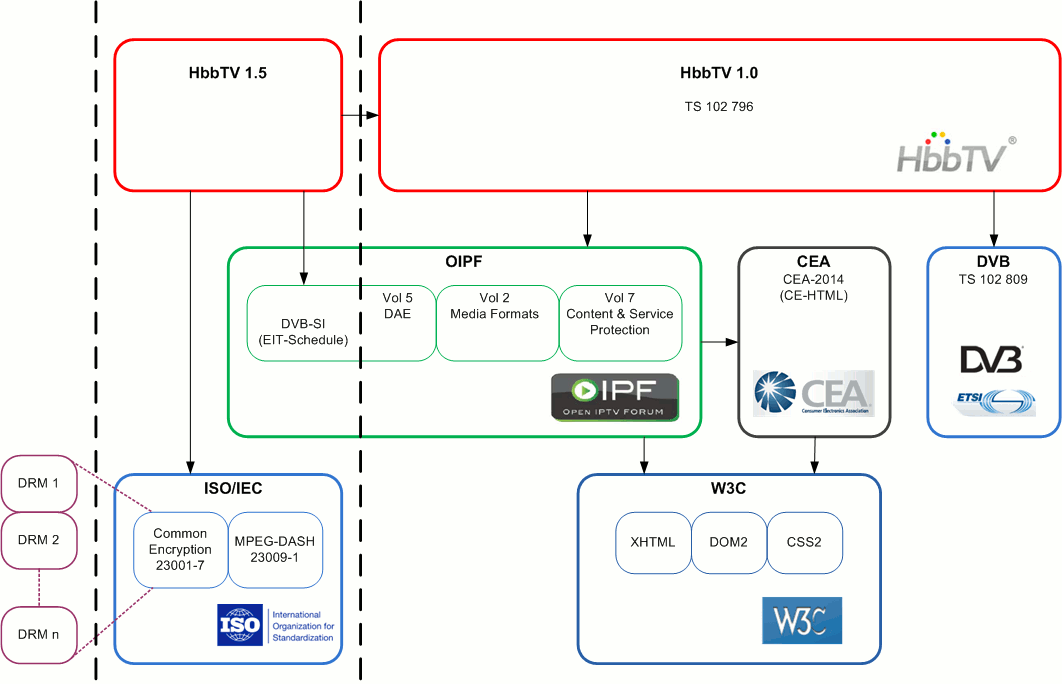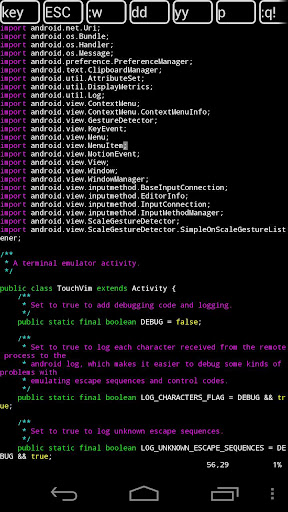Atmel has unveiled XSense, a flexible film-based touch sensor that allows the design of curved capacitive touch screen displays. Atmel expects target applications to go beyond smartphones and tablets, and extend touch capabilities into a wide array of new consumer and industrial products such as watches, coffee machines, calculators and more. XSense touch sensors, based on a proprietary roll-to-roll metal mesh technology, will allow OEMs to develop larger, lighter, sleeker, curved and edgeless designs for smartphones, tablets, ultrabooks and a host of new touch-enabled products, says the company. XSense sensors can be combined with Atmel maXTouch controllers which are already used in numerous smartphones and tablets such as the Samsung Galaxy Note and Samsung Galaxy Tab, as well as other touch controllers available on the market. Here are the key benefits of XSense technology: Flexibility for curved surfaces Narrow border for larger active screen areas Highly accurate stylus performance (active […]
Axiomtek MANO120 Mini-ITX Board Powered by AMD G-series APU
Axiomtek announced the MANO120 mini-ITX motherboard featuring an AMD G-Series APU dual core T56N with AMD A55E FCH which supports dual video output (dual views) via VGA, HDMI and LVDS interface. The board can support up to 4 GB of DDR3 1333 memory, up to 5 SATA hard drives and a CFast slot. The MANO120 also comes with one PCIe x4 slot and one PCI Express Mini Card slot. The company says the MANO120 industrial grade motherboard is ideal for digital signage, DVR (Digital Video Recording), and NVR (Network Video Recorder) applications. Here are Axiomtek MANO120 mini-ITX board specifications. CPU – AMD G-Series APU T56N @ 1.65 GHz with AMD Radeon HD6320 Graphic engine Chipset – AMD A55E FCH System Memory – 204-pin SO-DIMM supports DDR3-1066/1333 max (up to 4 GB) BIOS – AMI EFI 16Mb SPI SSD – CFast slot Expansion Interfaces: PCIe x4 slot PCIe Mini Card CFast […]
Daisy: An Exynos 5250 (Cortex A15) Based ChromeBook
Thomas Taschauer has reported on his blog that Google was working on several Chromebooks including one codenamed “Daisy” powered by an an ARM chip by just looking at Chromium OS’ issue tracker. By looking more into details, we can find out that Daisy development makes use of the kernel config for Samsung SMDK5250, Samsung development board for the Exynos 5250 (Dual Core Cortex A15) processor. Daisy also appears to have an Ethernet port, a feature not seen on other Chromebooks which only feature WiFi or 3G for connectivity. Jean-Luc Aufranc (CNXSoft)Jean-Luc started CNX Software in 2010 as a part-time endeavor, before quitting his job as a software engineering manager, and starting to write daily news, and reviews full time later in 2011. www.cnx-software.com
HbbTV Specification 1.5 Adds MPEG DASH Support
The HbbTV (Hybrid Broadcast Broadband TV) consortium, an European initiative for web-based smart TV applications for TVs and set-top boxes, has recently released version 1.5 of the HbbTV specification. The latest specification adds support for HTTP adaptive streaming based on MPEG-DASH (ISO/IEC 23009-1), improving the perceived quality of video presentation on busy or slow Internet connections. It also enables content providers to protect DASH delivered content with multiple DRM technologies based on the MPEG CENC specification (ISO/IEC 23001-7). Finally, HbbTV Version 1.5 significantly enhances access to broadcast TV schedule information (DVB-SI EIT-Schedule), enabling operators to produce full 7-day electronic program guides (EPG) as HbbTV applications that can be deployed across all HbbTV receivers to provide a consistent user experience. The diagram above show the main improvement of HbbTV 1.5 over HbbTV 1.0 that is, as mentionned above, EIT-Schedule for EPG, MPEG-DASH for streaming video and MPEG CENC for multiple DRM […]
Nokia Qt Labs Releases Qt 5.0 Alpha
Nokia Qt Labs announced the alpha release of Qt 5 C++ application development framework, which focuses on the delivery of Qt Essential modules for Qt 5. This new version of Qt goal is to bring the focus to a model, although native Qt using C++ would still be used to implement modular backend functionality for Qt Quick. The developers explains that this module is working nicely on Qt for embedded system where UIs are full screen, but more work is needed on the desktop, and it will only be fully implemented in Qt 5.1 or 5.2. Qt developers make 4 big architectural changes to Qt internal architecture: Base all Qt ports on Qt Platform Abstraction layer (QPA) to make it easier to port Qt to other windowing systems and devices. Re-architect Qt graphics stack using a a Scenegraph on top of OpenGL to increase performance versus Qt 4, using Qt […]
Mele A2000 Android 2.3 Media Player Powered by AllWinner A10
Last month, I ordered a Mele A1000 in order to hack it to run Linux as it uses the same processor – the Cortex A8/Mali-400MP based AllWinner A10 – as the one planned for the low cost Rhombus Tech board. I have yet to receive the device, but Mele (迈乐) has already released the Mele A2000, an Android 2.3 set-box box also powered by AllWinner A10. Here are Mele A2000 specifications: CPU: ARM Cortex A8 AllWinner A10 @ 1 GHz (It can be apparently be overclocked up to @ 1.5GHz) GPU: Mali 4000 Memory: DDR3 512MB RAM / 4GB Nand Flash OS System: Android 2.3.4 (Upgradable to Android 4.0) External Storage: Supports SD card up to 32GB, supports 2.5″ SATA HDD up to 1TB, Supports max 16GB USB flash disk Video codecs: HD MPEG-1/2/4. H.264. HD AVC/VC-1, RM/RMVB, Xvid/DviX 4/5/6, RealVideo 8/9/10, VP6 Video Formats: ts, m2ts, tp, trp, mkv, mp4, […]
Green Hills MULTI 6.0 Compiler Improves ARM MCU Performance by up to 40%
Last week at Design West 2012, Green Hills Software announced it had achieved the highest compiler performance scores ever certified by EEMBC CoreMark and that it outperformed the nearest competing compilers by 35.5% using its MULTI 6.0 – Compiler 2012. Benchmarks were completed on 3 ARM Cortex-M4 microcontrollers: Freescale Kinetis K60 MCU @ 100 Mhz – 35.5% improvement over nearest competitor. Freescale Kinetis K70 MCU @ 120 Mhz – 29.6% improvement over nearest competitor. STMicroelectronics STM32F417IGt6 @ 168 MHz – 34.7% improvement over nearest competitor. Since apparently it’s bad marketing to name competitors in press releases, I went directly to the source (EEMBC Coremark benchmark results) to check out the results and competitors (IAR and Keil) for Kinetis K60 MCU. The first thing you may notice is that there are 2 tests per compiler / MCU combination. That’s because there 2 test configurations: Code in internal Flash – Data in internal […]
Vim Touch: Vim Editor for Android
Many Linux developers or admins use vi or vim in Linux to edit source or/and configuration files and some may want to use it in the go in their smartphone or tablets. Some hacks are available to install vim on Android via ADB on a rooted device, but now, it has all become nice and easy, as a touch enabled version of vim called VimTouch is also available on Android. VimTouch supports full vim syntax and finger touch gestures to help VIM much more usable on touch screens. This vim editor for Android includes the following features: Touch to scroll Fling to scroll Long press to zoom-in Two-fingers to delete lines (“dd”) or new lines (“p”) Single tap to send “ESC” Read email attachments Single instance to open files in vim window Real VIM runtime You would think it is rather cumbersome to use vi/vim on a mobile device, but reviews […]









